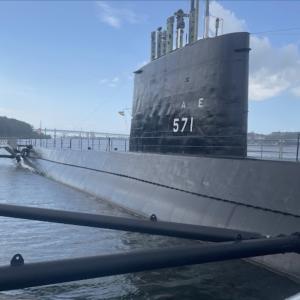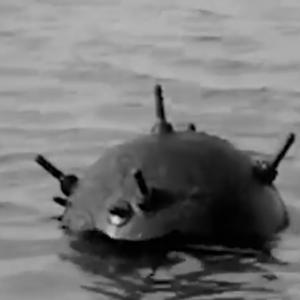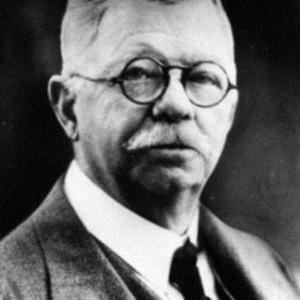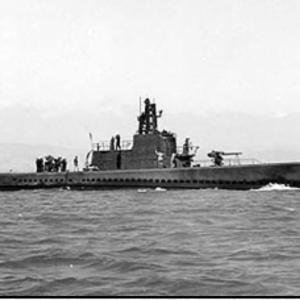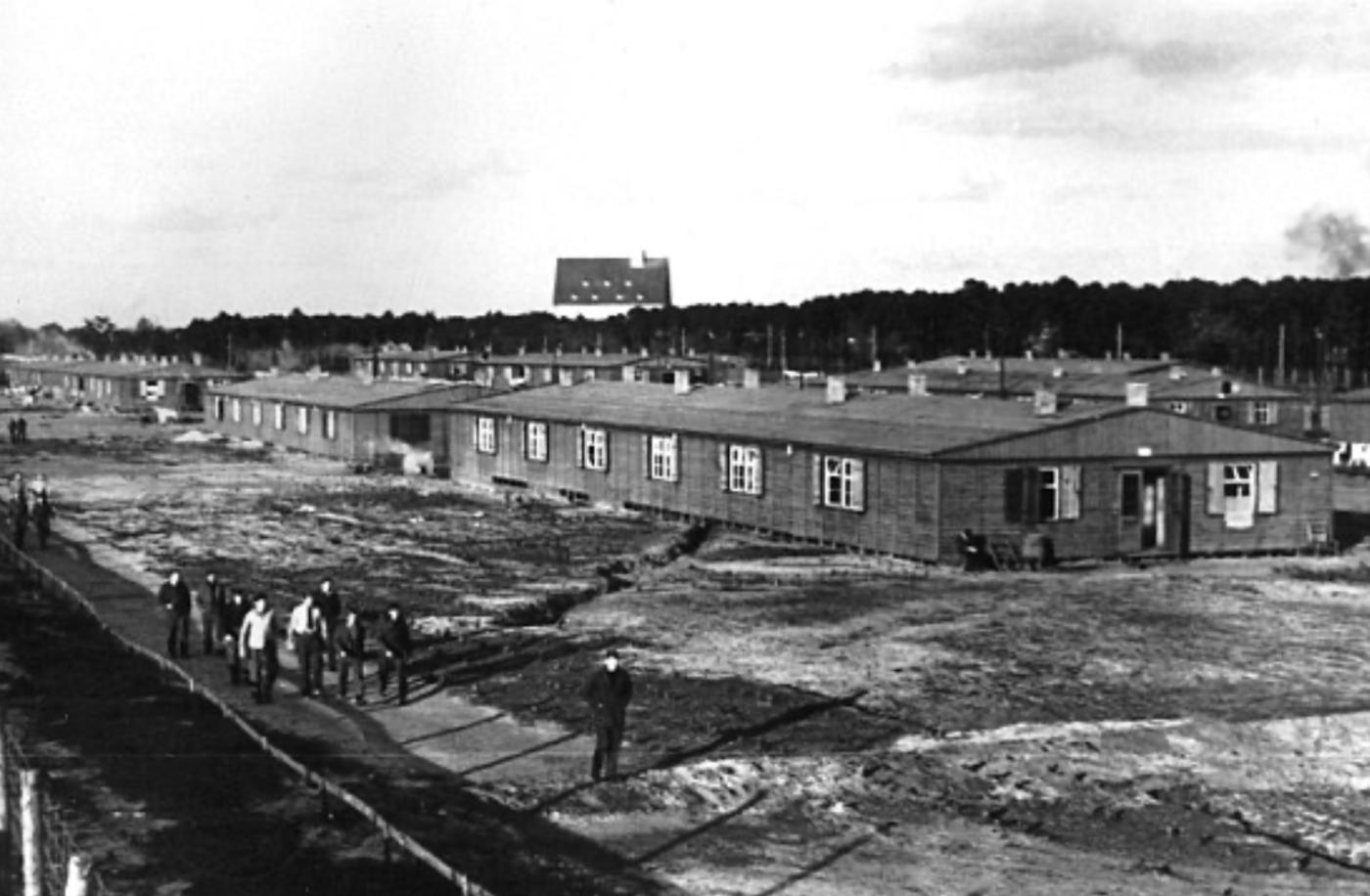
The great escape ww2
Prison Camp and Conditions
Stalag XIII-C, located near Nuremberg in southern Germany, was one of the many POW camps run by the Nazis during World War II. It was primarily a camp for Allied airmen - mostly British, American and Commonwealth forces - who had been shot down during raids over Europe. The camp held around 10,000 men and was known for its harsh conditions, strict discipline, and constant surveillance. It was a place where many prisoners had little hope of freedom, yet it became the site of one of the most daring escape attempts in history.
The conditions at Stalag XIII-C were brutal. Prisoners were subjected to forced labor, inadequate food, and constant threats of violence from their captors. Despite this, the Allied airmen showed remarkable resilience. They refused to submit to their captors' authority and, instead, formed close-knit communities and organized their own resistance efforts. Among the prisoners were a group of seasoned escape artists, many of whom had already made multiple attempts to break out of Nazi captivity. These men would come together to form the core of the Great Escape operation.
The Germans were aware that escape attempts were common, so they implemented strict measures to prevent it. The camp was surrounded by barbed wire, armed guards, and watchtowers, while the prisoners were housed in overcrowded barracks. However, the conditions only fueled the prisoners' desire for freedom. Stalag XIII-C would become the site of a masterful and meticulously planned escape.
The Key Individuals and the Escape Plan
The escape plan was masterminded by a group of British officers, led by Group Captain Roger Bartlett, a seasoned RAF officer. Bartlett was a calm, determined, and strategic leader, who had already made multiple escape attempts prior to his capture. He understood that the only way to successfully escape the camp was through careful planning, collaboration, and secrecy.
The team that would make the escape possible included other key figures:
- Lieutenant Colonel John Collier, a British engineer, who helped design the escape tunnels.
- Flight Lieutenant Danny Velinski, an American pilot who was known for his resourcefulness and organizational skills.
- Sgt. James Hendley, a Canadian who played a crucial role in organizing the logistics of the escape, including the acquisition of supplies.
- Flight Lieutenant Dickie Williams, another British officer, who became an important figure in coordinating the digging of the tunnels.
Bartlett’s plan was to dig three tunnels—codenamed Tom, Dick, and Harry—to allow a large number of prisoners to escape at once. The idea behind multiple tunnels was that if one was discovered, the others might still be usable. The escapees would make their way out of the camp through the tunnels, then head for neutral countries or try to make contact with Allied forces for extraction. To achieve this, the prisoners would need to gather an enormous amount of resources, including tools, clothing, and maps, often under the noses of their German captors.
The escape plan relied heavily on secrecy, as any leaks could spell disaster for the entire operation. The prisoners worked in shifts, and each of the men involved knew the risks involved. The first priority was to ensure that the Germans remained unaware of their preparations.
The Tunneling Operation
The prisoners began the tunneling operation in earnest in 1943. They dug the tunnels using crude tools such as spoons, forks, and knives, which were either scavenged from the camp or made from available materials. The digging took place in complete secrecy, with the men working in shifts during the night and at times hiding the dirt they excavated in various locations. The prisoners used a creative method of hiding the dirt—they packed it into their pants and emptied it into the compound when they could.
The men working on the tunnels also had to contend with the physical difficulties of tunneling in the harsh conditions of the POW camp. The ground was often wet and difficult to dig through, making the job even harder. Additionally, there was the constant danger of the tunnels being discovered during routine inspections by German guards. To prevent this, the prisoners camouflaged the tunnel entrances, and the diggers worked tirelessly in shifts, often digging for hours without rest.
The first tunnel, Tom, was the most ambitious and was started soon after the prisoners' plans were made. However, it was discovered in late 1943 before it could be completed. The failure of Tom did not stop the men from continuing their efforts. Soon after, the second tunnel, Dick, was begun, with much more caution. Unfortunately, this tunnel also faced setbacks, including the sudden discovery of a sinkhole near the exit, which forced the workers to abandon it.
Despite these setbacks, the prisoners did not give up. They continued digging another tunnel, Harry, which was to be their last hope. This time, they were more cautious. The work continued in secret, and the prisoners worked under the cover of darkness. They took care to ensure the tunnel would be deep enough to avoid detection, with careful measures taken to obscure any evidence of the tunnel’s progress.
The Night of the Escape
By March 1944, Harry was completed and ready for use. It was about 30 meters long, stretching from the prisoners' barracks to a nearby forest outside the camp. As the date for the escape drew near, the prisoners began making their final preparations. They obtained civilian clothes from the Germans’ poor oversight and created fake identification papers that would help them once they escaped the camp.
The escape was set for the night of March 24, 1944. The plan was for 200 prisoners to crawl through the tunnel to freedom. As the night approached, the excitement and tension were palpable. The men preparing to escape had to maintain their composure, as they knew that discovery could lead to death. The group was divided into small escape parties, each with its own destination, as the escapees would scatter once they reached the outside to increase their chances of evading capture.
That night, the first group of prisoners crawled through the tunnel one by one. They were in a race against time, as the German guards would soon begin their evening rounds. The escapees had to make it out without being detected, and the tunnel, which had taken months to dig, was the only route to their freedom. They moved swiftly and silently, praying they would make it to the end.
However, despite all the planning and secrecy, things went wrong. A German officer was suspicious of the men leaving the barracks and was determined to investigate. By the time the escapees had made it to the woods, the German authorities had begun to suspect that something was wrong. Their suspicions were confirmed when they found the tunnel, and the hunt for the escapees began.
The Aftermath and Pursuit
Once the escape was discovered, the German authorities launched a manhunt, determined to recapture the escapees and punish them. The manhunt was extensive, with the Nazis sending out patrols, searching local towns, and even bringing in local civilian authorities to help in the search. The Germans were determined to make an example out of those who had dared to escape.
As the manhunt unfolded, many of the prisoners were captured. Some were shot by the Germans while trying to flee, while others were caught by local civilians or betrayed by informants. Despite the best efforts of the escapees to scatter and blend into the local population, the Germans quickly recaptured most of them.
Of the 76 men who managed to escape the camp, only three succeeded in evading capture and reaching safety. These three men - Flight Lieutenant William Ash, Sergeant Jim McColl, and Flight Lieutenant Philip John Morrison - managed to make their way across enemy lines and eventually reach Allied forces.
The Germans responded with brutal retaliation. In an act of vengeance, they executed 50 of the escapees. These men were shot by the Gestapo in cold blood, and their deaths sent shockwaves through the prison camps.
Legacy and Historical Impact
Despite the tragic aftermath of the escape, The Great Escape became a symbol of resistance against the Nazis. The bravery, ingenuity, and determination of the prisoners to escape Stalag XIII-C left a lasting impact. Their story has been remembered as one of the most courageous acts of defiance during WWII.
In the years following the escape, the story of The Great Escape became legendary. It inspired both prisoners and civilians in occupied territories. The planning and execution of the escape highlighted the strength of the human spirit, even in the face of overwhelming odds.
The legacy of the Great Escape lives on in history books, documentaries, and even the famous 1963 film adaptation.

